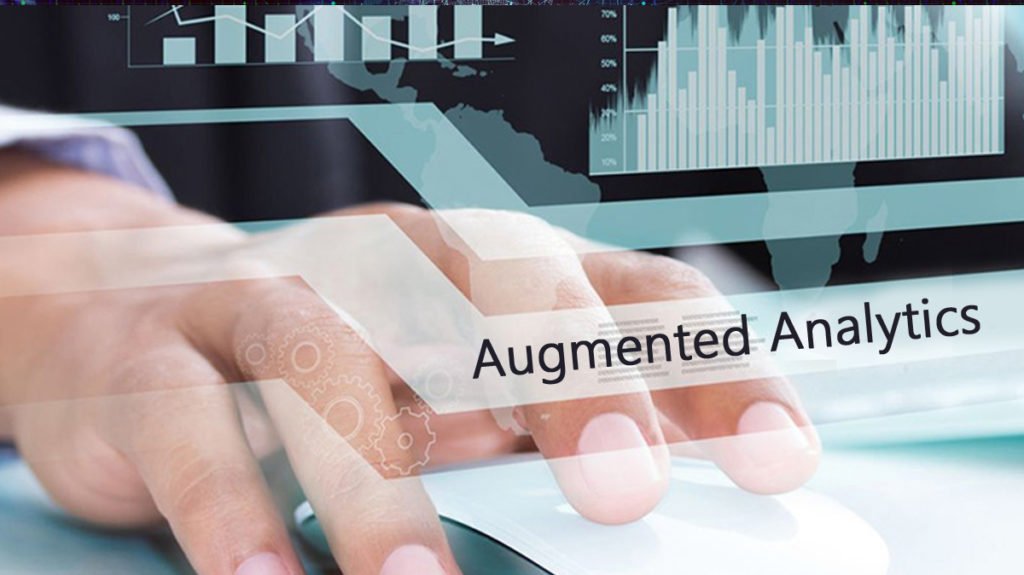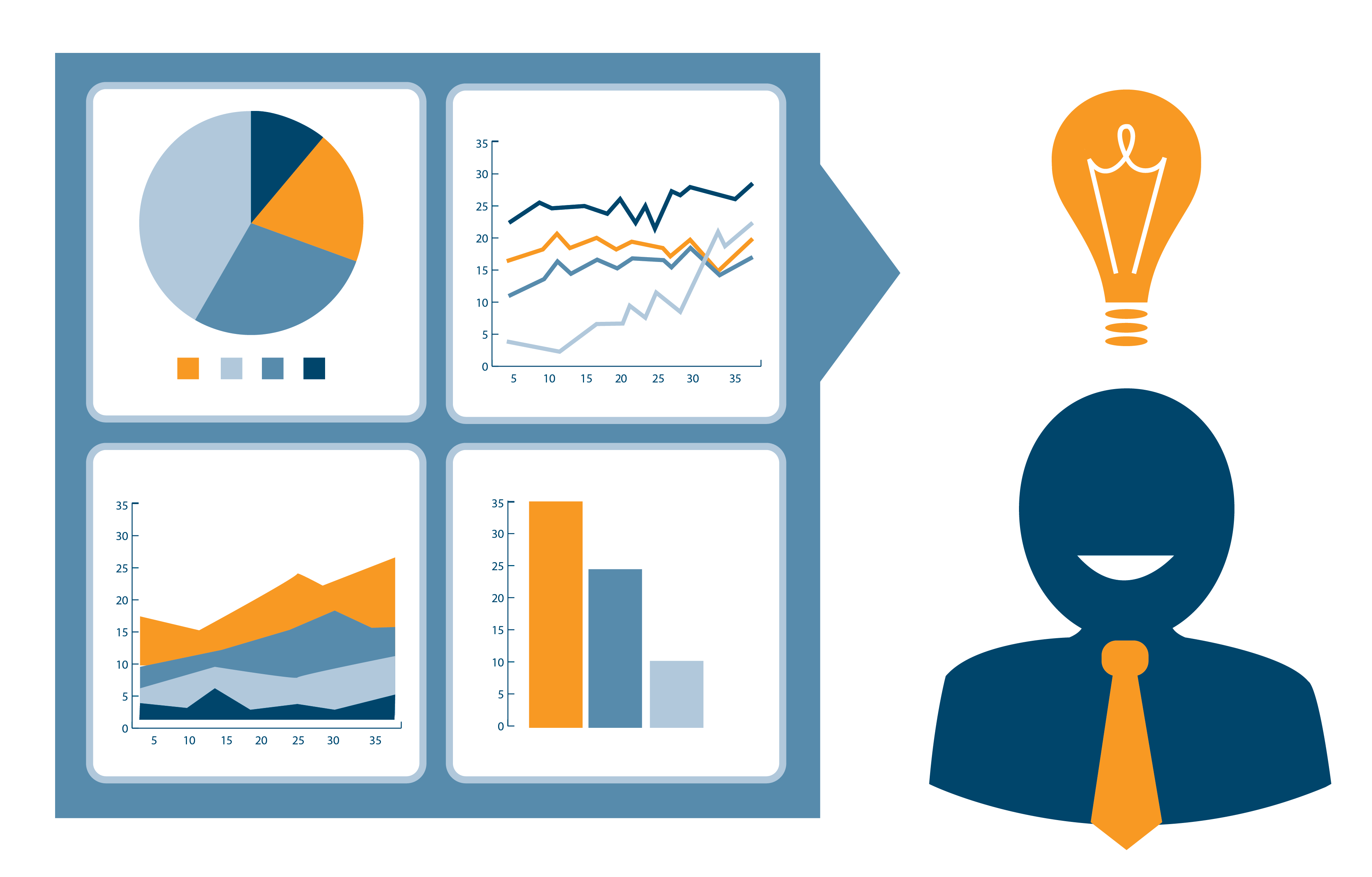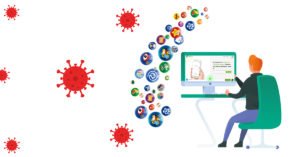Introduction to Augmented analytics
It’s 2019, and its that time of the internet where businesses need to keep their head over water, rigorously to survive in the market.
Making sure your competitors don’t get an edge over you is what has been in an entrepreneur’s blood now.
Internet, technology and trends are changing at a lightning fast speed, if you lack anywhere behind, there will be flock to overtake you.
So in this era, it becomes more important than ever to grasp new technologies and make the most out of it.
One essential vitamin in a business’s diet is – the analytics.
The way it is changing its face, marketer have started to call it the disruptive, ground-breaking technology.
In this trend, Augmented analytics is gaining speed and its time we buckle our seat belts. For businesses, users and IT specialists, Augmented analytics is proving to be a blessing.
Latest studies show that augmented analytics platforms, that are used to extract insights from the big data are about to drive the market towards $31.5 billion by 2022.
It has empowered the businesses and is on the run to change the way marketers used to see analytics. Not just this, it reduces time tremendously, cuts cost and derives most data, in a fraction of seconds.
Augmented analytics platforms automate analytics and data using a combination of machine language and natural language generation (NLG).
Augmented analytics reduce the tedious and painful tasks done by the data scientists in churning out valuable information from the big data.
Before we move any forward, let us have a look at what these two terms stand for. This will help us in understanding the scenario of the analytics market, in a better way.
- Big Data
Bulk of structured, semi-structured and unstructured data. It is collected from multiple sources like a customer database, mobile applications, social networks, machine-generated data etc
It is then used by data scientists to refine and collect usable and informative content according to the desired usage.

- Data scientists:
Experts who derive this data, process it and mine the valuable information that is actually helpful for the organization to be used.
But because of the size of data, it gets tedious and time-consuming for these experts, to get to the conclusion, quickly. This is where Augmented Analytics comes into play.
Now, what this article aims to reveal is not only what is augmented analytics but also how it would benefit businesses.
Let us scroll further and understand what importance Augmented Analytics Platforms hold and how is it important.

- Augmented Analytics For Businesses
Data is vital to businesses, irrespective of their scale of operation. The data, usually is collected by the data scientists refined by them and then the clean data is forwarded that is to be used by the businesses for the following purposes:
1-Building strategies
2-Learning and adopting trends
3-Generating leads and target audience
4-Customer analysis
5-Driving revenue
6-Identification and rectification of problemsWhile the above points show how data is utilized by the businesses, this is easier said than done.
The task to derive data manually eats up the majority of the time and kills a person’s enthusiasm to work. Also, being the redundant nature of data, it needs action on a regular basis. So to make the work all the more easy, quick and effective, we turn our faces towards the augmented analytics platform.
Here is how, these platforms help businesses generate higher revenue, effectively and efficiently.
1- Easier Integration: Collecting the data, interpreting them and picking out the ones, actually useful for the business, is painful.
Augmented analytics platform derives data from various sources, like Google analytics, Facebook ads, etc. and help in integrating them to provide great insights. It assists in generating the ROI as well, but for the platforms that are integrated, like POS (point of sales) system, online advertising
2- Identify upcoming trends: It is very important for any business to have a check on the market and latest trends pertaining.
This not only helps you get ahead of your competitors but also increase your sustainability. Though it was always done manually, augmented analytics platforms are here to change the way.
As they say, work smart instead of working hard, augmented analytics backs this up. With the help of augmented analytics platforms, you can identify and analyze the data across the web and get to the final conclusion.
This takes countless hours if done manually. Through this platform, you can dive deeper and understand the decline or increase in your website traffic, mobile traffic, etc. so that you could identify problems way more efficiently, than otherwise. The platform scans through different dimensions and identifies the caused action.
3 Extensive Insights: Not only does augmented analytics platforms make work pretty easy and produce crisp information within a fraction of seconds, but it also empowers businesses to make apt and quick decisions.
With the help of augmented analytics platforms, the business gets extensive and accurate insights.The platform provides information on the basis of demographics, gender, buying habits, age, etc.
It empowers businesses to take risks and actions accordingly.Augmented analytics platform reaps extensive, crisp information which is then used by businesses to strategize and capitalize their ideas.
Future of Augmented Analytics
Augmented analytics is on the spree right now and is getting viral for its disruptive technology.
Facts reveal that, by 2020, there is going to be 44 ZB (1021 or 1 trillion gigabytes) of digital data by 2020 and is going to double every two years.
This is going to completely change the way businesses look at data and consume them, for generating bigger revenues.
Growth is exponential in the field of business and moving forward, augmented analytics is going to become the next big thing in the market.
“By 2020, more than 40% of data science tasks will be automated” – According to the Gartner Report, 2019

This is how augmented analytics has already affected businesses:
1– Reduced the manpower tremendously and instead, used the manpower to the humane side of the analytics.
2- Understanding and creating better customer experiences
3- Get to know the trends and produce fresh products and services for the customers.
4- Increased sale, better client an customer relations and enhanced, organized way of doing business.
5- Creates unbiased data
6- Ability to handle the raw load of database Integration
To state it simply, we are at a really good stage when it comes to analytics today. But does this mean that this technology eliminates the involvement of humans completely?
To state a ‘yes’ for that would be dangerous.
The material generated would still need a human touch, to make it consumable.
But, it reduces the manual work to the extent that we are able to get the results quickly and in a better manner.
The future of Augmented Analytics is fierce, the data is increasing, daily and augmented analytics proves to be the need of the hour.









4 Replies to “Augmented analytics: What you need to know for 2019”